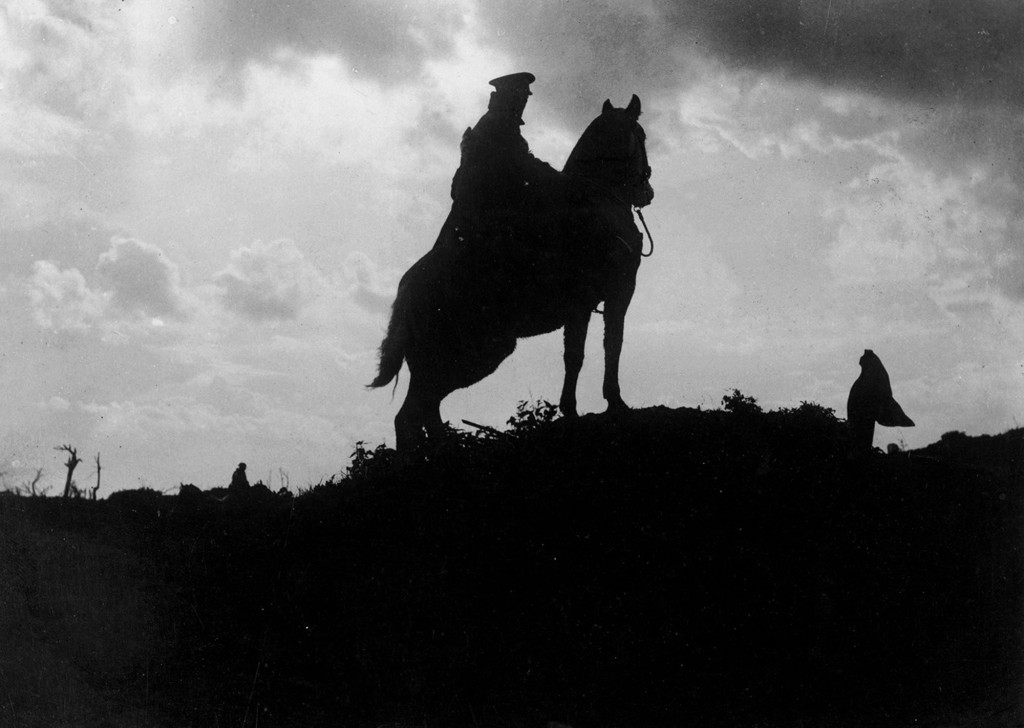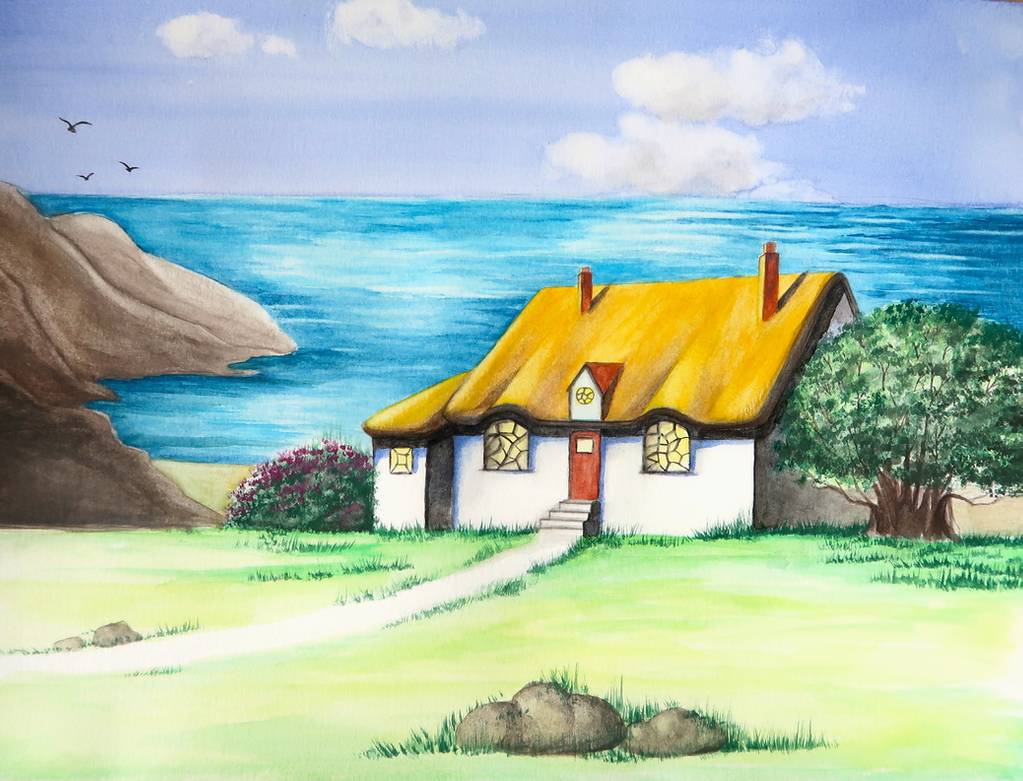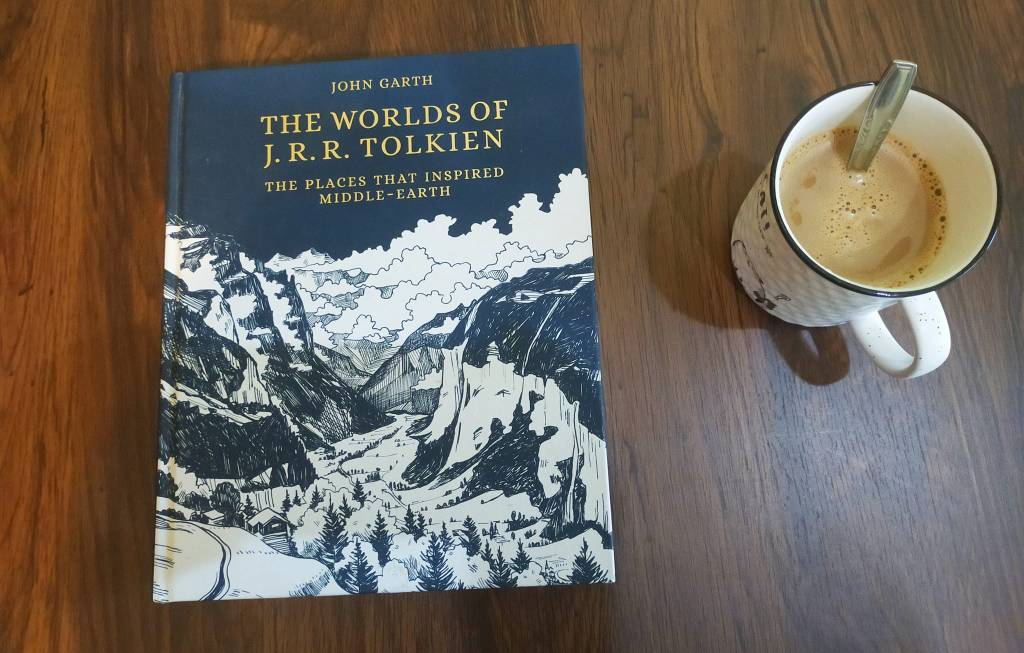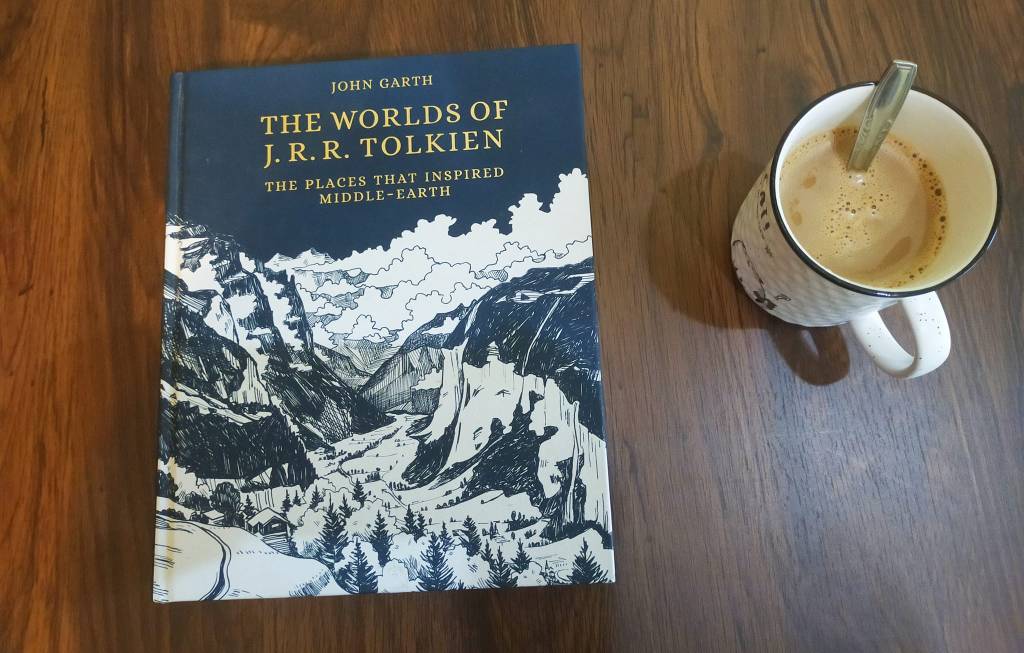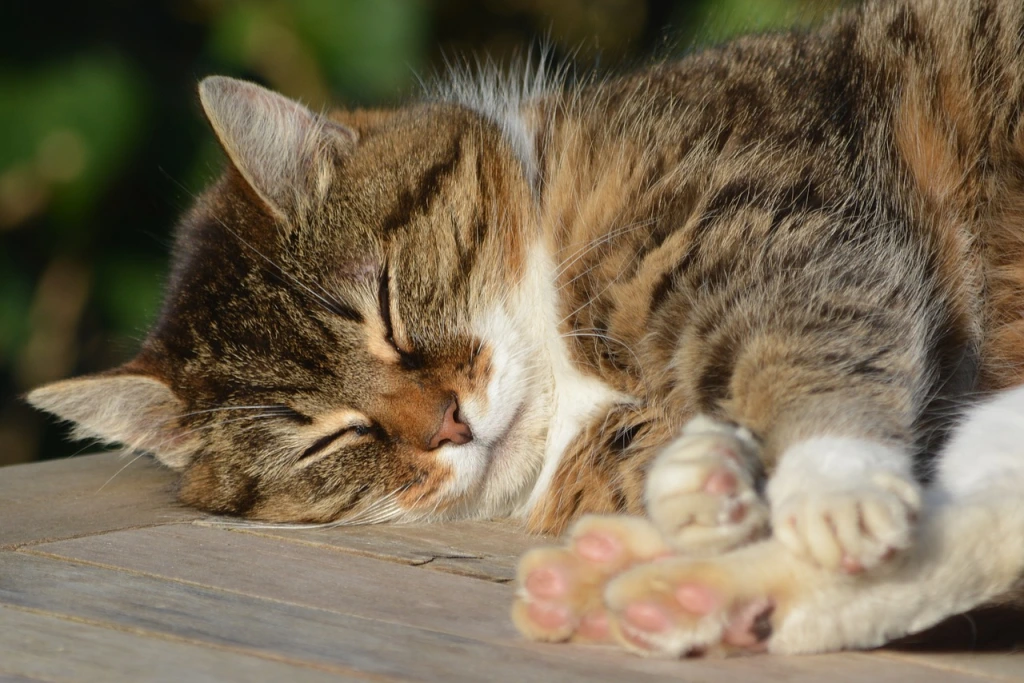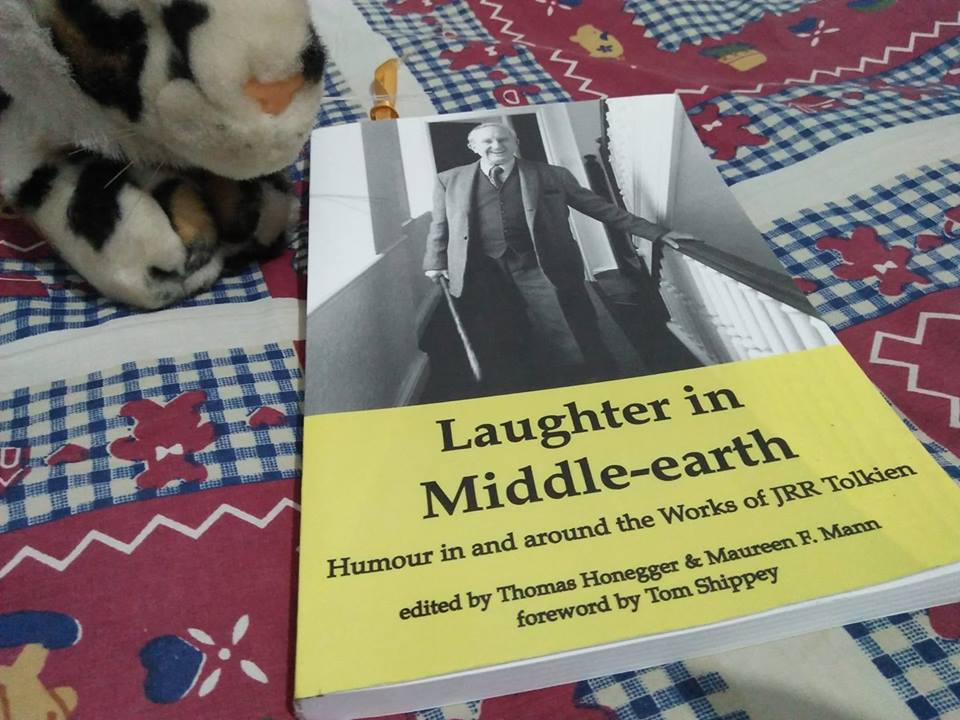
You smug-faced crowds with kindling eye
From “Suicide in the Trenches”, by Siegfried Sassoon
Who cheer when soldier lads march by,
Sneak home and pray you’ll never know
The hell where youth and laughter go.
Service and self-sacrifice are honorable qualities that many strive to have. Tolkien’s works are full of characters who display such noble traits in various capacities, withstanding storms and tribulations for the sake of higher goals or others. However, the more grounded qualities of his works also reflect the bitter realities: that service and sacrifice sometimes did not lead to fulfilling conclusion.
The bitter honesty in Siegfried Sassoon’s poems, quoted in various academic works related to Tolkien, seems to reflect a meaningful term that Tolkien put in his wartime letter to one of his friends, G. B. Smith, about the death of their best friend Robert Gilson in the World War One front: “…something has gone crack.” (Letter 5, 12 August 1916). An interesting choice of phrase, which sounds like a mixture of uncertainty and faint understanding at the same time.
This was also the time when the soldiers of the Great War started to criticize, scoff at, and even demonize “war-time propaganda and its consumers.” (Garth, 2003). The soldiers, many of them young and eager to defend their country in the spirit of heroism, service, and sacrifice, were hit by the realities of it all: horrifying deaths, merciless destructions of human bodies and spirits, the realities of the trenches, the false promises of propaganda, and the fact that their friends died while those who profited from the war (or celebrated it in jingoist spirit) got to live in comfort and safety.
The Silmarillion, The Hobbit, and The Lord of the Rings are not lacking of characters showing admirable acts of sacrifice and heroism. Frodo dan Sam are often cited as fine examples of these ideas, with Sam showing an extra layer of humility in his demonstration of humble service and sacrifice that ask no praises. However, as fantasy works created during an uncertain, dispirited age, we could see the way Tolkien inserted elements of nuance that showed the realities behind what it means to “serve”, “sacrifice”, and “become a hero” in these stories.
Interestingly, similar ideas emerged from another side of the globe during similar timeframe. As an Indonesian, hearing the words “sacrifice” and “service” immediately brought me to two notable works of literature and cinema created during similarly precarious age: Bukan Pasar Malam (It’s Not an All Night Fair, 1951) by Pramoedya Ananta Toer, and Lewat Djam Malam (After the Curfew, 1954) by Usmar Ismail. Two works that forced the audience at that time to reexamine their imagination of nationalism and heroism, and what many of the country’s youths experienced after the battles and the effects on their psyche.
Lanjutkan membaca “Service and Sacrifice, a Somber Reflection: Tolkien Reading Day 2024”


